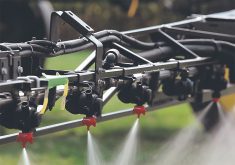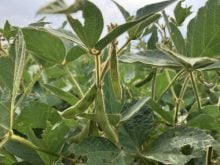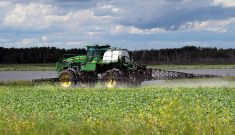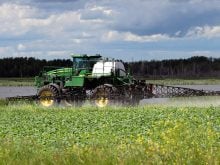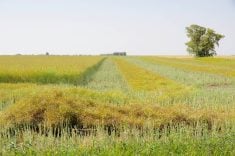A crop protection company from Ontario says almost all of its sales are in the United States due to Canadian regulations
Vive Crop Protection is a Canadian success story.
In the last few years, the Ontario company has received numerous awards to recognize its success. In 2020, the Globe and Mail Report on Business called it one of Canada’s top growing companies. In 2021, Vive was named Company of the Year by Life Sciences Ontario.
Related stories on this issue:
- Death by consultation
- August 2021 called turning point for crop protection regulation
- Health Canada pushes back
Read Also
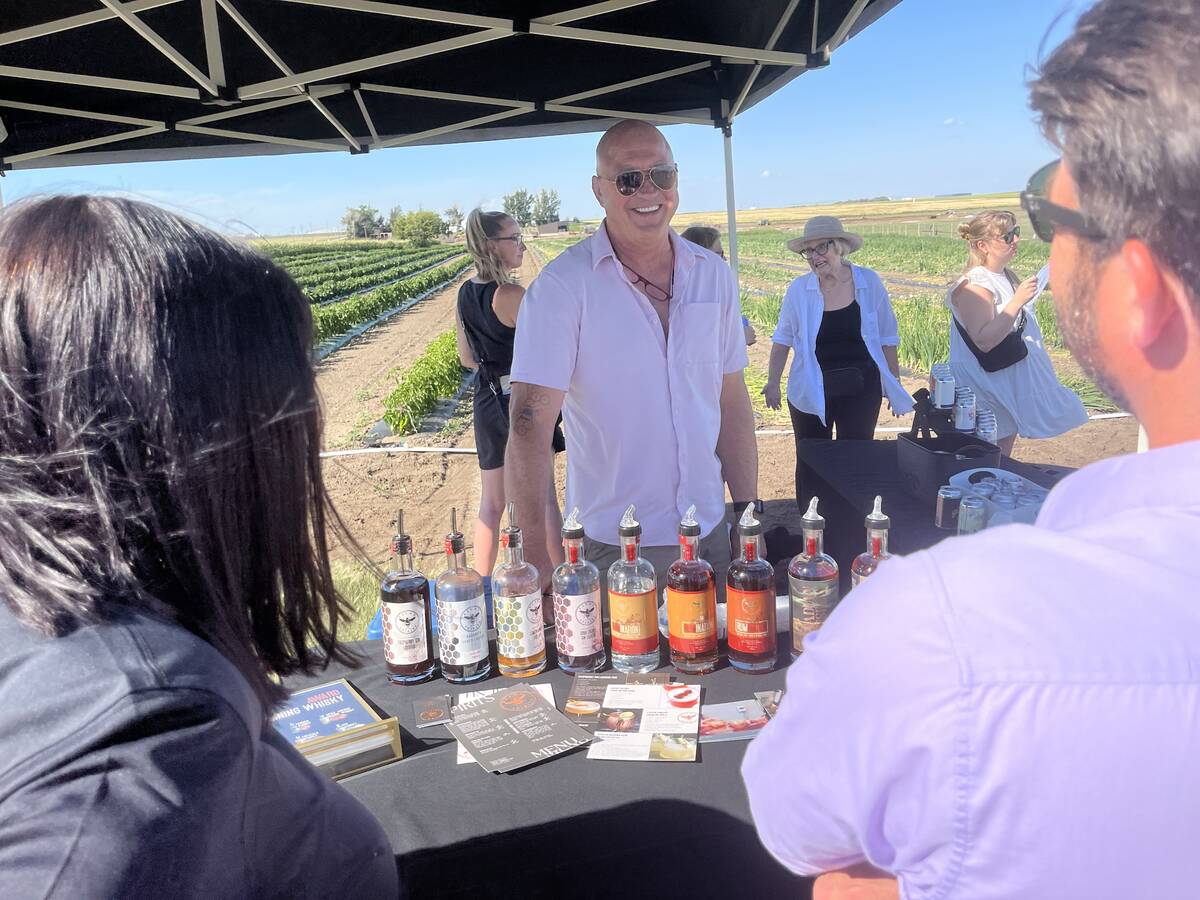
From farmer to award-winning distiller
Pivot Spirits showcases transition from farmer to distiller with provincial award-winning results in Alberta for Lars Hirch
In early November, Deloitte gave Vive a 2023 Clean Technology Canada award.
Those are just a few examples.
The Canadian awards are ironic because almost all of Vive’s sales are in the United States.
The company employs 15 sales managers and agronomists across the U.S., to promote its fungicides, insecticides and other products.
“We first started selling in the U.S. in 2017…. We now have seven products with regulatory approvals in the U.S.,” said Darren Anderson, chief executive of Vive Crop Protection, from his office near Toronto.
In March 2023, six years after its U.S. launch, Vive announced its first product registration in Canada — a fungicide that can be applied to potatoes.
Most of its products for the American market are directed at big acreage, row crops.
“In our case, the technology is quite scalable and quite cost effective. So, we’ve been able to go after markets where we can make impacts on the largest number of growers… and the largest number of acres,” Anderson said.
Vive’s rapid growth in the U.S. and minimal activity in Canada is not an accident.
Company leaders went to market in America, first, because Canada’s regulatory system is unpredictable, slow and unclear.
“The biggest reason we chose to go into the U.S… was that the regulatory system was set up in such a way, that a new technology was easier to define the regulatory path,” said Anderson, who studied chemistry at the University of Toronto before starting Vive with other chemists from the university around 2006.
The regulations in the U.S. aren’t necessarily easier, but there’s a clear path for novel technologies to get approved.
In this instance, Vive’s primary and unique technology was Allosperse.
The company’s website says that it “allows chemicals that were previously incompatible to now be mixed with liquid fertilizer and applied at the right time for maximum benefit to the crop… (and) improves the targeting and performance of pesticide active ingredients.”
When Vive was trying to get its products registered in the U.S., American regulators provided answers to critical questions.
Such as:
- What safety tests must be done?
- What information and data must be provided to the regulator?
- How long would it take regulators to review the data and reach a decision?
The answers to those questions are paramount to investors in a small ag tech firm because it affects how much money and how long it will take to get the product to market.
“We’re backed by investors. And when we go to investors and say we have a defined regulatory path, we have a defined set of costs and we know when we (can) start selling our products… you can build a business case (from) that,” Anderson said.
“That’s the biggest reason why we started in the U.S.”
In Canada, the path to registration is uncertain for new fungicides, bio-insecticides and novel products.
If the Pest Management Regulatory Agency hasn’t reviewed a similar product in the past, it struggles to assess the safety risk of the new product, Anderson said.
“Our regulatory systems don’t know what to do when something comes in the door that… (regulators) haven’t looked at in the past.”
So, the approval process slows to the speed of turtle, with three broken legs.
No one at the agency will decide on what tests are needed and how the safety assessment will work.
“There’s a lot of frustration among early-stage companies, with the lack of a predictable regulatory path for new technologies in Canada,” Anderson added.
The frustration stretches beyond Canada’s borders.
U.S. firms are also struggling to get new fungicides, bio-pesticides and other technologies to market in Canada, said Scott Day, a Manitoban who works for an ag investment firm in California.
“I get complaints from companies we’ve invested in. You’re the Canadian. How can you help us?” said Day, who is with Fall Line Capital near San Francisco.
“We’ve had one company… that has a registered product (that is) commercially sold on five million acres in the U.S. They can’t get it tested in Canada…. I do know we (Canada) have this reputation that is getting worse and worse.”
Canada’s agriculture industry has some advantages.
There’s about 80 million acres of annual crops, a good-sized livestock industry and excellent scientists at both universities and in government. There’s also strong support for early-stage research and development of ag tech.
Despite those advantages, innovative companies are being pushed out of the domestic market. Most are commercializing their new products in the U.S., Anderson said.
“Almost every Canadian company that I know of, that I’ve spoken to on the ag input side, will start in the U.S. first. And make those tools available to U.S. growers first, because it’s a more straightforward and predictable regulatory path.”
Some of those agricultural companies may be moving their operations to the U.S., where getting products to market and earning a return on investment happens more quickly.
If it takes 10 to 12 years to get a product to market in Canada, that’s a massive deterrent for an investor in an ag tech company.
“So much innovation is happening today is coming from small companies that don’t have the resources… to handle an onerous registration process,” Day said.
“This is a whole different world from 10 years ago, when innovation came from big companies that have teams, lawyers and whatever, that can handle this.”
Anderson is determined to keep Vive in Canada because he’s a “proud Canadian” who believes it’s possible to improve the regulatory system, so new technologies do make it to market.
He also believes that Canada can be a world leader in ag tech and crop protection.
But if domestic regulations continue to get in the way, global success seems unlikely.
“I would like to see the Canadian government do a better job of assessing new technologies,” he said.
“We’re not building global champions in Canada…. Which is a shame because this is an industry where we should punch above our weight. That regulatory piece is a major challenge.”
Contact robert.arnason@producer.com




